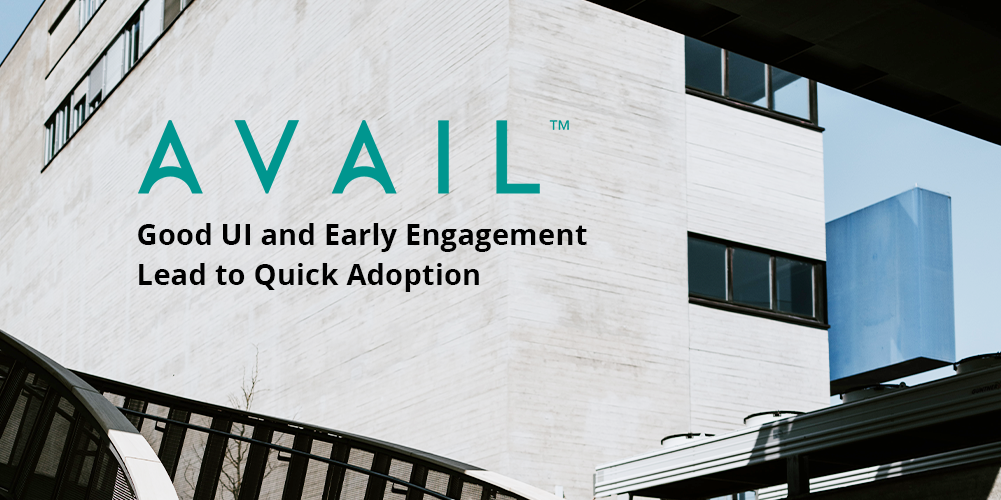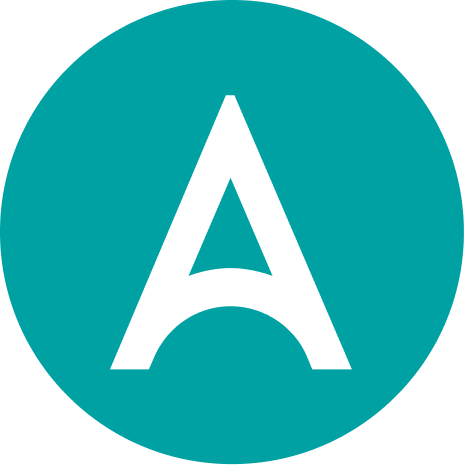
Is content management expensive? It depends on who you ask!
Is content management risky? It could be - let’s discuss.
A valued client once gave us a wise bit of insight into AVAIL and content management in general. He said the price of AVAIL was low compared to his overall budget, but the risk was actually quite high because it was going to be installed on a lot of desktops (150+). Anything that both touched the work of all his staff and required tech support needed careful consideration; effectively there is no such thing as ‘cheap’ software. It was a great observation, and one we think about often.
In previous posts we’ve discussed the difference between price and cost, and upon further inspection, the aforementioned client was really talking about the cost of using AVAIL. Bearing that in mind, we actually approach the ‘cost’ of the platform in a few key ways.
From a product perspective, we invest in the UI/UX experience before we write code. Our designers hail from architecture backgrounds, hence the tagline “designed by designers for designers.” We keep the interface clean of too many buttons and don’t ask our end users to ‘do’ too much. From an engineering and design standpoint, this is actually really hard to achieve. Taking elements away is harder than adding them. The design of the product is heavily scrutinized so that highly trained designers actually enjoy the look and feel of it. These qualitative points go a long way in adoption, even though they’re hard to quantify.
From a business perspective, we have determined how to roll out AVAIL’s software with some specific goals in mind. It’s a process we’ve created following years of working with firms across the globe and under different constraints - notably time. We take a simple consultative approach by first assessing your current state, then comparing that to your desired future state, and finally, tailoring the plan. Simple but not easy.
The key to our equation lies in a simple question: “Who needs to see what and when?” Much like the design of the software, we curate our onboarding process with the end user experience in mind. So if we know that 150 Revit designers need access to their standard library of Revit families 60 days from contract execution, and these people are distributed around the country, then we’ve got a timeline and an actionable plan. This example is fairly straightforward and only skims the surface of the deployment plans we’ve done, but you get the picture. Through the asking and answering of simple questions, we can map AVAIL’s functionality to technical goals in order to mitigate risk (see above).
AVAIL’s Customer Success team is led by product experts, as well as a former client, so we know a few things about using the software and technical content from a firm’s perspective. We consistently find that by designing deployment plans with our customers, we implement our platform seamlessly and within the context of a firm’s normal operations. All it takes is communication and goal-setting. After all, content management is a thing you do that requires tools and people. It’s not just a script or a cloud share - there’s some work involved. Don’t get fooled into thinking it can magically just happen.
As your firm contemplates whether or not content management (and content in general) is strategically important to propelling your technical and business goals forward, take a close look at the outcome of your past software implementations. Did you have goals? Actionable plans?
Reach out if you want to talk more about our approach. Working together goes a long way toward driving down the cost of implementing a solution and mitigating the long term risk of its success.





